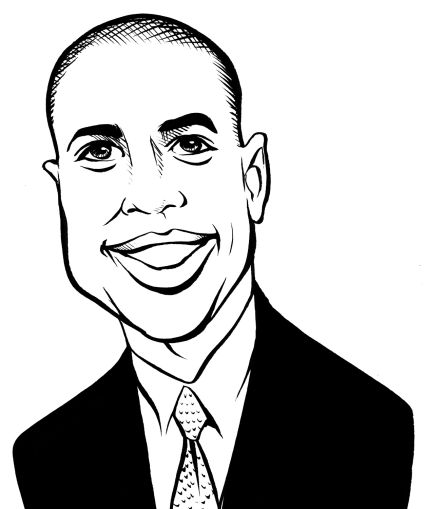G2 and the Transformation of New York Real Estate
By Chad Tredway October 7, 2016 4:39 pm
reprints
To fully comprehend the trends that are stirring change in New York’s multifamily market, it’s important to understand two things:
One is that more people are renting than buying. According to the U.S. Census Bureau, homeownership rates in New York City hover at less than half the national rate—across the city, only 31.9 percent of households are homeowners, compared to 64.4 percent nationwide. To compound this, fewer young people are choosing to move to the suburbs than ever before. This equates to higher demand for housing in urban areas—even if it means higher rent for a smaller unit—which is creating massive opportunity for New York’s multifamily investors.
The second is that the majority of New York’s multifamily market is family owned. And there’s a new generation of multifamily investors and owners—we call them “G2,” or the second generation—that’s taking over these family businesses. They’re achieving success by changing the old business model to adapt to the market’s new demands.
Here are three key examples of how that’s playing out in New York:
1. Technology is a Competitive Advantage
G2 owners and investors rely much more on technology than their predecessors. Given the low cap rates in NYC, owners are looking for new ways to decrease expenses and increase net operating income (NOI). On a recent property tour, a G2 owner showed me a system that allows him to electronically monitor the temperature and working condition of all boilers, electrical systems and water meters for his portfolio of buildings. This owner stated that he’s saved 5 to 10 percent in operating expenses by utilizing this technology to reduce waste.
For acquisitions, owners are using technologies to source properties. Resources like Reonomy, Actovia and PropertyShark allow owners to locate desirable purchase candidates and perform in-depth due diligence on ownership, building characteristics and building NOI.
2. Creativity and Speed Are Key
Historically, real estate owners kept their operations simple: They’d rent a basic apartment to a tenant, and each month, the tenant would put a rent check in the mail. G2 owners and investors have added a layer of creativity and customer service to the process—and have attracted and retained more tenants because of it.
One way they’ve done this is by squeezing more value out of their properties by creating “microunits.” For example, they’ll convert a two-bedroom apartment into four separate units but will outfit those smaller units with higher-end finishes, so they’re still able to command a high rent.
They’ve also focused on making life—or at least apartment life—easier and more efficient for today’s renters, who expect to be able to text their landlords, pay digitally and view properties online. G2 has capitalized on this opportunity by providing tenants with easy and streamlined ways to pay and get in touch.
3. An Emphasis on Community
One way G2 owners and investors have been able to reduce turnover and lower vacancy rates is by creating communities of shared interests. For example, they’ll host themed events based on things residents have in common—like pets or jobs—and will then market those to prospective tenants.
These trends have created a ripple effect that can be seen across the industry. Our G2 clients have demanded speed and certainty of execution from us—just like their tenants are demanding from them—and we’ve changed our business model to meet their needs. This younger generation of investors is finding success in utilizing things like technology and creativity because the market is demanding it. Multifamily owners and investors across the board should take note of these trends and evaluate how they can change their business model to better serve their tenants and prospective tenants. New York’s G2 has proven it works—and soon, the way G2 conducts business will become the norm.
Chad Tredway is the managing director and head of Commercial Term Lending East at J.P. Morgan Chase.


